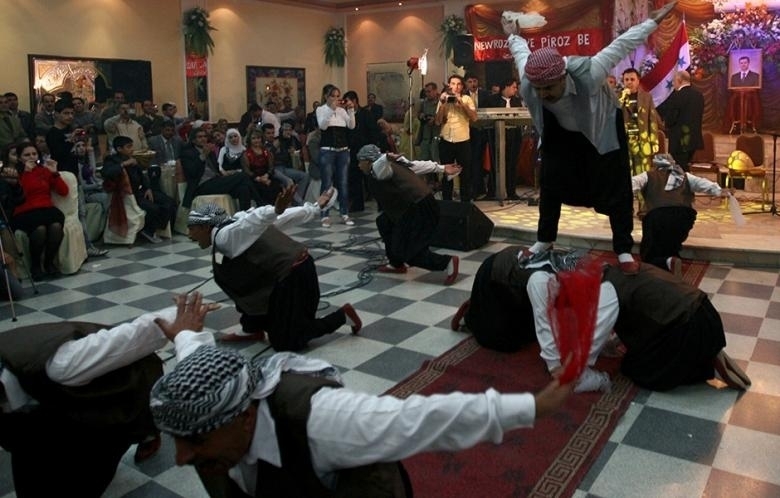The Kurds of Syria are not only located in the northeast of the country. Historically, significant numbers gradually moved to the northwest near Aleppo and Damascus, where they formed a slightly distinct identity.
Some Kurds refer to Damascene Kurds as having “Kurdish roots and not much more.” Damascus – The Kurdish presence in the Syrian capital of Damascus dates back hundreds of years. They migrated in larger numbers during the period of Ottoman rule, traveling with pilgrimage caravans coming from southern Turkey. Until the 1950s, the neighborhood where they settled was referred to as the “Kurdish District.” During the time of Syrian-Egyptian unification, the name was changed to Rukn al-Din.
Another wave of Kurdish migration from the north has taken place over the past 30 years, with Kurds settling in the slums of Wadi al-Mashari in west Damascus. After playing a game of cat and mouse with the authorities to establish their neighborhood, they finally managed to get their way. That’s why some locals refer the area as “zore afa” in Kurdish, which means “built by force.”
The political orientation of Wadi al-Mashari tends not to be different from the currents that exist in the traditional Kurdish areas in the north, while residents of Rukn al-Din are divided between communism and moderate Islam – the two dominant political trends in the country that kept their distance from Arab nationalism, which marginalized Syria’s Kurds.
Today, much like the rest of the population, the Kurds are divided between opponents and supporters of the regime, with many growing weary of the violence and bloodshed. Most of the capital’s Kurds do not speak the Kurdish language and have become deeply integrated into Damascene society. Some Kurds refer to Damascene Kurds as having “Kurdish roots and not much more.” And when Kurds, particularly in the northern areas, clashed with the authorities – as was the case in 2004 in Qamishli – their counterparts in Rukn al-Din stayed out of the dispute, thus risking the ire of Kurds in other parts of the country.
Tensions with the state, however, did spread to Wadi al-Mashari, where many Kurds were arrested. An opposition activist explains that the regime at the time became concerned about the emergence of an autonomous Kurdish region in Iraq, and therefore became hostile to Kurds in general, despite the fact that many were opposed to US efforts to divide Iraq.
Today, much like the rest of the population, the Kurds are divided between opponents and supporters of the regime, with many growing weary of the violence and bloodshed. Yet the community today is internally at odds over the question of Kurdish secession, with significant numbers supporting the idea of remaining part of Syria while preserving their cultural rights.
Some Kurdish intellectuals have posed the idea of a third way, along the lines of the “New Levant,” in which the Kurdish identity can be preserved as part of a broader, ethnically and religiously diverse Levantine entity that transcends the secession or integration logic.
This article is an edited translation from the Arabic Edition.
......


